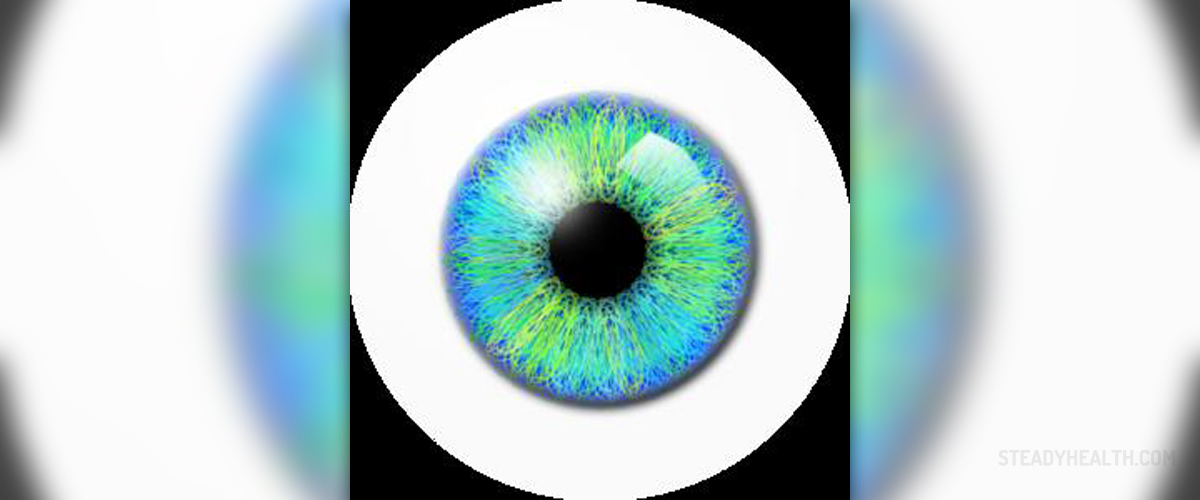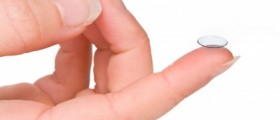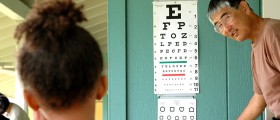
Farsightedness, also known as hyperopia, is a refractive error characterized by difficulty seeing near objects. One may not have any problems when it comes to seeing distant objects. For people suffering from farsightedness close objects are blurry. This is the reason why such individuals usually face problems when it comes to performing certain tasks such as reading or sewing.
Why does Farsightedness Occur?
In people suffering from this refractive error, the light that enters the eye ends up behind the retina instead of being focused on it. The reason why this occurs is quite simple. Namely, farsighted people have 'short' eyes or their cornea is not curved enough. Also, the lens may be located farther back in the eye than it is supposed to be.
In the majority of cases farsightedness runs in families. It can also develop due to some illnesses such as retinopathy or eye tumors.
Farsightedness Symptoms and Signs
Such patients typically complain about blurred vision, which seems to be even worse at night. Furthermore, they always report trouble seeing near objects. Overexertion of eye muscles is accompanied by aching eyes, eyestrain and headache. Children suffering from farsightedness may be easily recognized because they have frequent headaches, rub their eyes often and show little or no interest in reading.
If left neglected farsightedness may progress into strabismus (crossed eyes).
Diagnosing Farsightedness
The condition is generally diagnosed in childhood. Conformation of the refractory error is achieved after a routine eye exam which includes questions regarding one's eyesight and a physical exam. One may need additional tests and exams like ophthalmoscopy, tonometry, a slit lamp exam etc. All in all, it is not so hard to diagnose the condition.
Farsightedness Treatment Options
In mild cases of farsightedness, the disease may remain undiagnosed because patients either do not experience severe problems with their eyesight or the problems occur rarely. Still, many times the eyes are simply not capable of adjusting and blurred vision, occurring while observing close objects, starts to seriously bother patients who soon seek medical attention.
Correction of this refractory error is successfully achieved with eyeglasses or contact lenses. Many people are satisfied with eyeglasses while others opt for contact lenses due to aesthetic reasons. It is also possible to corrected farsightedness with surgery. LASIK surgery is, for example, frequently performed for this purpose. There is another surgical solution for these patients. It is a surgery which replaces the patient's lens with an implanted lens.
Finally, people who wear eyeglasses or contact lenses are due to have regular eye exams in case they need treatment adjustments.

















Your thoughts on this
Loading...